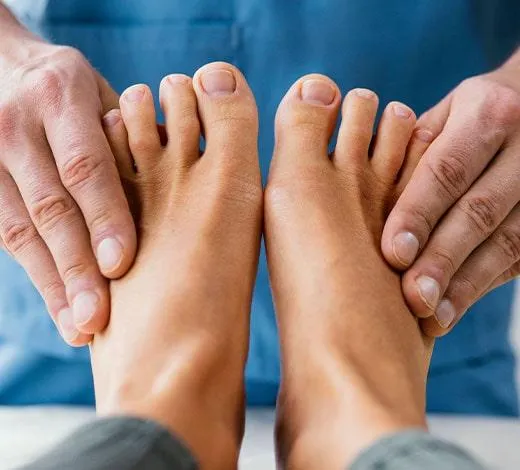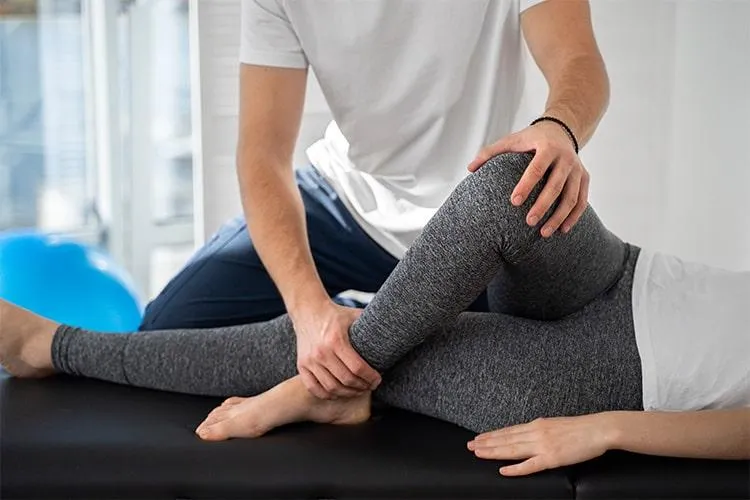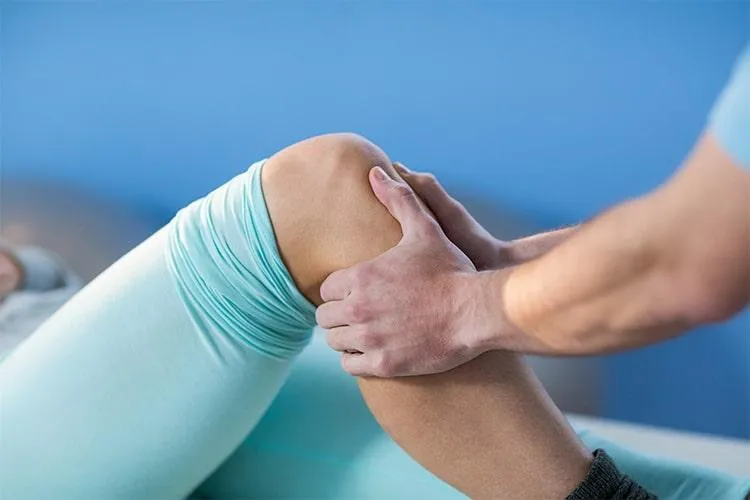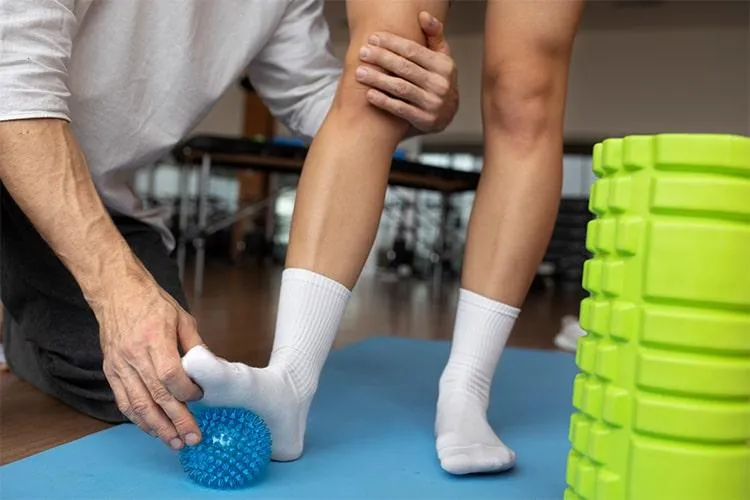What is Scoliosis?
Chiswick, London W4 2EU
Croydon, Surrey CR0 6RD
Blackfriars, London SE1 8ER

Scoliosis
Scoliosis is a complex spinal condition characterized by a lateral curvature, often forming an “S” or “C” shape. This page aims to shed light on the importance of understanding and raising awareness about scoliosis, a condition that can affect individuals of all ages.
Understanding scoliosis involves delving into its intricacies. Explore the causes, which can range from idiopathic origins to congenital factors. Learn about the different types of scoliosis, such as adolescent idiopathic scoliosis, congenital scoliosis, and adult scoliosis. Delve into the prevalence and risk factors associated with this spinal condition.

Causes of Scoliosis
Idiopathic Scoliosis: The most common type, with no identifiable cause.
Rapid Progression of Symptoms: Present at birth due to vertebral anomalies.
Neuromuscular Scoliosis: Resulting from conditions like cerebral palsy or muscular dystrophy.
Degenerative Scoliosis: The Developing later in life due to spinal degeneration.
Symptoms of Scoliosis
Uneven shoulders, hips, or waist.
One shoulder blade appearing more prominent than the other.
Spinal rotation, causing a rib hump.
Back pain, although pain is not always present.
Comprehensive Chiropractic Care at Optimal Spine
Chiswick, Croydon, Blackfriars
Still Feeling A Little Confused About Your Condition And Don't Know What To Do?
#1 Option (👍 most popular)

#2 Option - Send Us a Message

#3 Option - Book Appointment

Frustrated With Your Scoliosis?

Not sure who to ask?
Not sure what to do next?
Not sure who can help?
Please fill out the form below and chat with one of our team members about your right next step
Diagnosis of Scoliosis
Diagnosing scoliosis involves a thorough physical examination, which may include the Adam’s Forward Bend Test.
X-rays are often used to confirm the curvature and determine its severity. Referrals to specialists, such as orthopedic doctors or chiropractors, are common for further evaluation.

Here's Why Over 10,000 People Choose Optimal Spine
Adolescent Idiopathic Scoliosis (AIS)
Most common form of scoliosis, occurring in children between the ages of 10 and 18 without a known cause. It’s characterized by a sideways curvature of the spine that typically becomes apparent during the growth spurt just before puberty.
Infantile Idiopathic Scoliosis (IIS)
Infantile Idiopathic Scoliosis is a rare form of scoliosis that appears in children under 3 years of age, characterised by an unexplained curvature of the spine, often noticed as a subtle spinal asymmetry or a leaning posture in infants.
Juvenile Idiopathic Scoliosis (JIS)
Affects children aged 3 to 10, presenting as a spinal curvature whose cause remains unknown. This form of scoliosis can develop significantly during the child’s growth years, necessitating early detection and treatment.
Adult Scoliosis
Typically manifests as a continuation of a childhood condition or develops due to spinal degeneration, marked by an abnormal, side-to-side spinal curvature often accompanied by pain and discomfort in the adult years.

From Consultation to Treatment
What to Expect at Your First Chiropractic Visit
We're excited to see you at your appointment! We want to make sure you feel comfortable and well-informed, so don't hesitate to ask us any questions about our treatments, our clinic, or even our payment options. Our goal is to help you get back to living your life free of pain, so let's work together to make that happen!
Discuss your foot health goals
Provide x-rays if required
Complete foot examination
Discover your options
Start a custom treatment plan


4 Reasons To Choose Optimal Spine

Specialised Expertise: Our clinic offers specialised care from highly-trained chiropractors in various fields like sports rehab and chronic pain management.
Comprehensive Approach: We provide holistic treatment plans combining manual therapy, exercises, and cutting-edge technology for a well-rounded approach.
Cutting-Edge Facilities: Equipped with state-of-the-art facilities and advanced equipment to support patients' recovery.
Proven Track Record: Our clinic's reputation is built on successful patient outcomes and positive feedback, fostering a supportive environment for rehabilitation.
Frequently Asked Questions About Scoliosis
What is scoliosis?
Scoliosis is a medical condition where the spine curves sideways in an "S" or "C" shape. It can occur at any age but is most commonly diagnosed in children and adolescents during their growth spurts.
What causes scoliosis?
The exact cause of scoliosis is often unknown (idiopathic). However, it can also be caused by neuromuscular conditions (such as cerebral palsy or muscular dystrophy), congenital spine deformities, or spinal injuries.
How is scoliosis diagnosed?
Scoliosis is typically diagnosed through a physical examination and confirmed with imaging tests such as X-rays, MRI, or CT scans to assess the degree of spinal curvature.
What are the symptoms of scoliosis?
Common symptoms include uneven shoulders, one shoulder blade appearing more prominent than the other, uneven waist, one hip higher than the other, and back pain. In severe cases, scoliosis can cause breathing difficulties due to reduced space in the chest for the lungs.
Can scoliosis be treated?
Yes, scoliosis can be treated. Treatment options depend on the severity of the curve and may include observation, bracing, physical therapy, or surgery. Early detection and treatment are crucial to prevent the progression of the curvature.
Is scoliosis hereditary?
There is evidence to suggest that scoliosis can run in families, indicating a genetic component. However, the exact inheritance pattern is not fully understood.
Can adults develop scoliosis?
Yes, adults can develop scoliosis. This is often due to degenerative changes in the spine related to aging, known as degenerative scoliosis, or it can be a progression of a curve that was present but unnoticed during childhood.
How does scoliosis affect daily life?
The impact of scoliosis on daily life varies depending on the severity of the curve. Mild cases may have little to no effect, while severe cases can cause significant pain, discomfort, and limitations in physical activity. It can also impact self-esteem due to visible changes in posture.
Can scoliosis be prevented?
There is no known way to prevent idiopathic scoliosis. However, maintaining good posture, regular exercise, and avoiding heavy lifting can help manage symptoms and prevent worsening in some cases.
What should I do if I suspect my child has scoliosis?
If you suspect your child has scoliosis, schedule an appointment with a healthcare professional for an evaluation. Early detection is key to managing and treating scoliosis effectively.
Can scoliosis cause complications if left untreated?
Yes, if left untreated, scoliosis can lead to serious complications, including chronic pain, respiratory issues, and cardiovascular problems due to severe spinal curvature affecting the chest cavity.
Is scoliosis surgery safe?
Scoliosis surgery, such as spinal fusion, is generally safe and can be very effective in severe cases. However, like any surgery, it carries risks, including infection, blood loss, and nerve damage. Discussing these risks with your surgeon is important.
What is the prognosis for someone with scoliosis?
The prognosis for someone with scoliosis depends on the severity of the condition and the effectiveness of the treatment. Many people with scoliosis lead normal, active lives, especially with early and appropriate intervention.
Please note that these FAQs provide general information and should not replace personalised advice from a qualified healthcare professional. It is important to consult with a trusted chiropractor to assess your individual case and determine the most suitable treatment plan for your scoliosis.
Frustrated With Your Scoliosis?

Not sure who to ask?
Not sure what to do next?
Not sure who can help?
Please fill out the form below and chat with one of our team members about your right next step



Where To Find Optimal Spine

If you have any questions before scheduling an appointment or for general enquiries, please use the contact us button below. Our team will promptly reach out to assist you.

